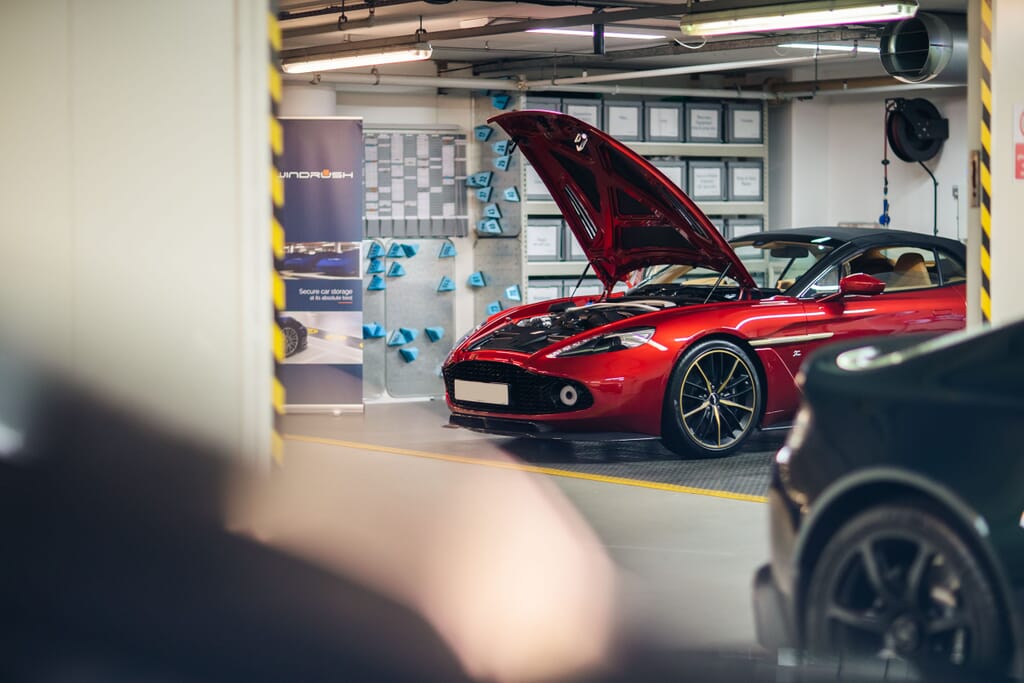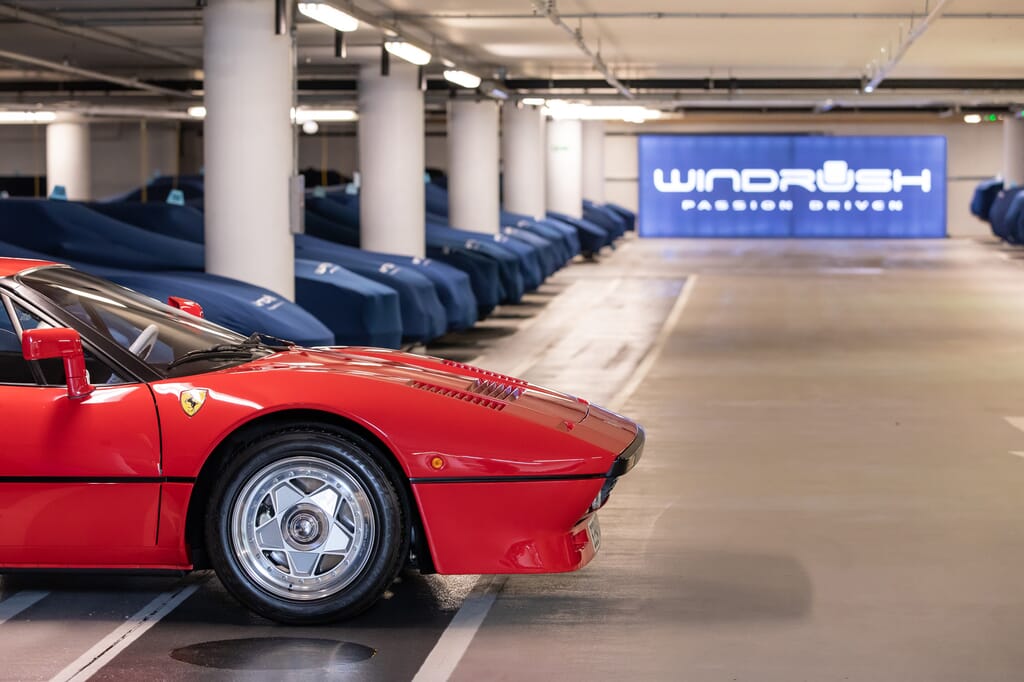
For many of us, aside from small trips for essentials our cars have been dormant for several months due to the ongoing lockdown.
Whether a classic, supercar or more pedestrian vehicle, for both your car’s ongoing health and your potential safety it is always worth taking the time to check your car over before hitting the road once again.
Check 1 – Overall exterior condition/wash
Take time to go round the entirety of the vehicle and assess the current condition. Ideally we would advise giving the car a wash (a guide on which can be found here) to not only make sure that visibility is unaffected but also to expose any defects that may have occurred. It’s not unusual for windscreens to pick up chips, headlights to mist over or other irregularities when left out in the elements and unmoved.
Check 2 – Tyres
As we’ve covered previously, these are your connection to the road – keep an eye on them. If left out in the sun light they may have dried out, so look for cracks or fading, and also check no flat spots have occurred due to lack of movement. You should also take this opportunity to measure the tread all round, just so you know how much life is left in the tyre, and make sure they have the correct pressures all round.
Check 3 – Fluids
This is an ideal time to check your car’s oil level, windscreen washer fluid level and other items such as power steering and brake fluid. This will obviously be less or more important depending on the car, but the main goal is get an accurate indication of what condition your car in is before hitting the road again. NB – classic car owners should also check spark plugs at this time also.
Check 4 – Dashboard and idling
On more modern vehicles, start the car and check there are no warning lights. This can happen due to simple things such as a tired battery, or with some cars tyre pressure monitor sensors can go off indicating a puncture. If this is clear, let the car idle and warm up listening for anything irregular. If anything is unusual, immediately book your car in with a mechanic.
Check 5 – Short road test with brake check
Once the car is warm, take the car for a short drive close to your home. If your car has been left with the handbrake on, make sure this is still fully functional and not sticking. Gently check the brakes and, if you find a suitable space, carry out an emergency stop. This not only gives you a current indication of your brake health, but also helps remove any potential surface rust that may have developed whilst not in use.
Use this opportunity to check that your car is 100% before getting back into the throws of real life, where car maintenance can easily slip your mind. Also use this time to check when your MOT is due, and your tax, and ideally check your service record or on board computer to see when your next service is due. Having this information can help save any embarrassment later when life gets hectic.
At Windrush Car Storage, all vehicles are extensively checked before, during and after storage and kept in on-the-button condition by our dedicated teams in London and the Cotswolds.




